Many people have questions about the relationship between electromagnetic wave frequency (wavelength) and signal coverage. Some people say that the higher the frequency of electromagnetic waves, the weaker the penetration, so the coverage is poor. So some people ask, X-rays and γ-rays are high in frequency, aren't they used for medical photography and metal equipment flaw detection? Some people have also asked, the higher the frequency, the weaker the penetrating ability. Why can the frequency of visible light be so high that it can penetrate glass? What is the relationship between frequency and penetration ability? In today's article, we will explain this issue in detail.
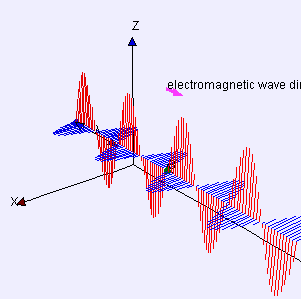
What is Electromagnetic Waves?
You may think that electromagnetic waves are not just light waves and electric waves, the twisted sinusoidal patterns are electromagnetic waves. Strictly speaking, electromagnetic waves are electromagnetic fields that propagate in the form of waves. The electric and magnetic fields in the same direction and perpendicular to each other and the oscillating particle waves propagating in space are electromagnetic waves.
What are the types of electromagnetic waves?
The propagation of electromagnetic waves does not depend on the medium and can propagate even in a vacuum. Sunlight is a visible radiation form of electromagnetic waves. Radio waves, microwaves, infrared rays, visible light, ultraviolet rays, and X-rays are all electromagnetic waves. The main difference between them is the frequency.
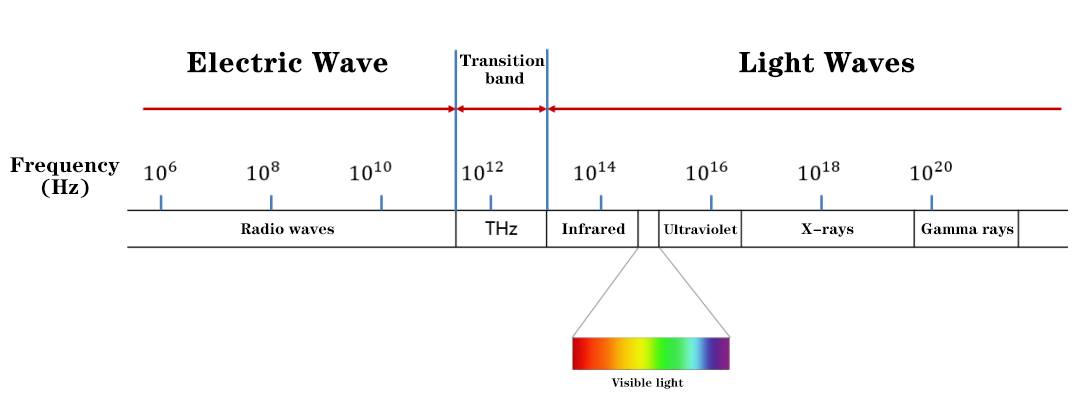
Please remember that water waves and sound waves are not electromagnetic waves, but mechanical waves. They require physical media. One point moves up and down to drive the next point to move, forming waves.
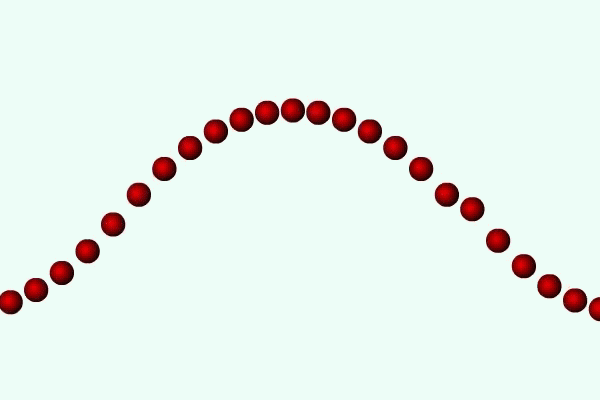
So please don’t imagine electromagnetic waves as a sine curve twisting in space! There are many types and uses of electromagnetic waves. In order to avoid divergence, we will first limit the discussion of electromagnetic wave propagation in mobile communications. In other words, we will focus on the discussion: How can the electromagnetic signal be transmitted farther away after being sent by the antenna?
How do electromagnetic waves propagate?
The propagation of electromagnetic waves has the following mechanisms: direct radiation, reflection and diffraction (diffraction). From point A to point B, if there is no obstacle, it is a direct shot. There is only air between them.

The real environment is not that simple, there will always be some obstacles around, so there will be some reflections. Between them, air is still the main thing.
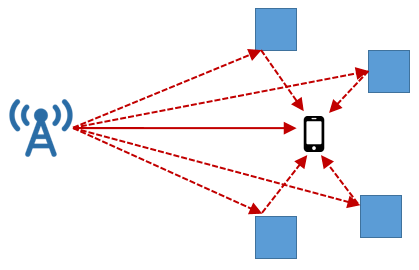
Signals will be superimposed, resulting in fast fading (Rayleigh fading)
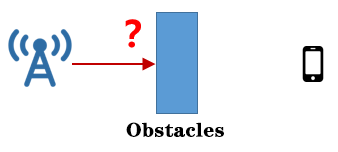
If there are obstacles, then the problem has arisen, how should the signal pass?
In addition to using environmental objects for reflection, there are only two options, one is diffraction (diffraction), and the other is direct penetration! Regarding diffraction, if your knowledge of physics has not been returned to the teacher, you should remember "small hole imaging"?
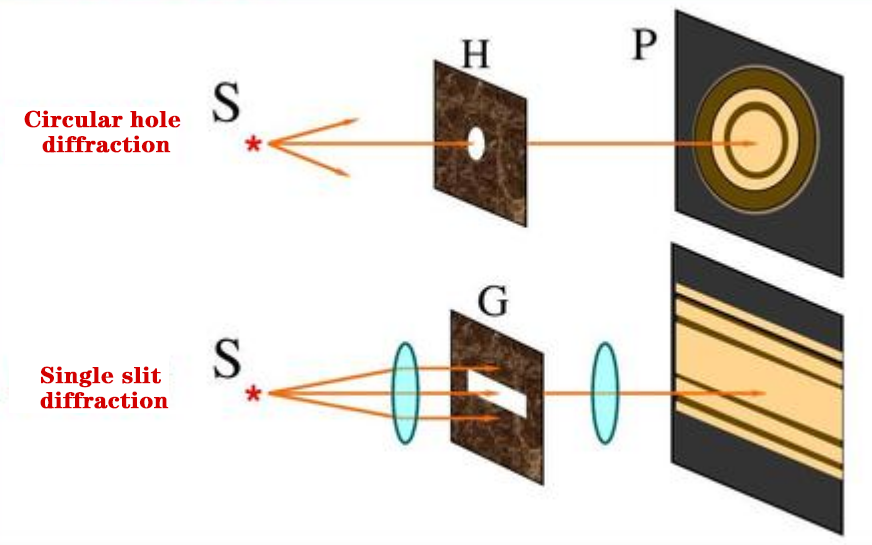
Diffraction refers to the physical phenomenon in which waves (such as light waves) propagate away from the original straight line when they encounter obstacles. In other words, electromagnetic waves have the ability to "circumvent" obstacles. The longer the wavelength (larger than the size of the obstacle), the more obvious the volatility, and the easier it is for diffraction to occur. Let's look at penetration again. It is more troublesome to penetrate this. It includes 3 processes.
The first step is the obstacle surface.
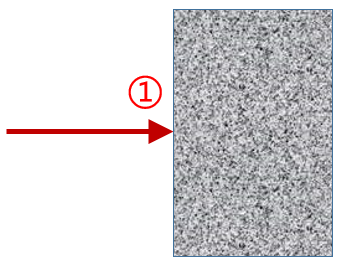
Electromagnetic waves from the air to obstacles (ie conductors) need to use the external electric and magnetic fields to induce the electric and magnetic fields in the medium. Based on the classic electromagnetic wave theory, the propagation speed of electromagnetic waves in different media depends on the dielectric and magnetic properties of the medium (obstacle). If the medium is an ideal conductor and the conductivity is particularly good, then the electric field is always 0 inside the ideal conductor, and no electric field can be generated. Therefore, if the obstacle is an ideal conductor, all electromagnetic waves will be reflected back. For non-ideal conductors (most media), electromagnetic waves are divided into two parts, refracted and reflected on the surface. The ratio of the two parts is related to wave speed and incident angle, and wave speed is related to frequency. Therefore, when passing through the surface of the medium, the electromagnetic wave signal has been partially attenuated.
The second step is the electromagnetic wave refraction finally enters the inside of the medium.
The medium is divided into homogeneous medium and uneven medium. Let's talk about homogeneous media first. Most dielectrics are not ideal or good conductors, but insulators or conductors with different resistivity values. The propagation of electromagnetic waves in the insulator is relatively smooth. Like glass, it is a very typical insulator. When light propagates in glass, the absorption rate is very low, so the glass looks very transparent. Many crystals, such as table salt crystals, rock sugar crystals, and ice formed from pure water, are similar to glass. The most typical is optical fiber. Light can travel dozens of kilometers in optical fibers.
The core electromagnetic wave of the optical fiber propagates in conductors with different resistivities, which can be calculated using Maxwell's equation. I won’t explain how to calculate it. We can simply understand: electromagnetic waves are the propagation of electric and magnetic fields, and the peaks and troughs are the two extreme values of the electric field.
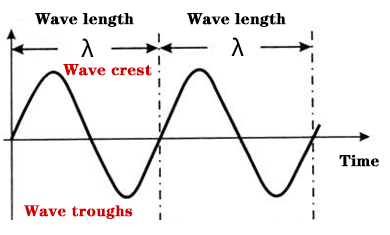
When the frequency of the electromagnetic wave is higher, the wavelength is shorter, and the peaks and troughs are closer together, the greater the difference in electric field near a certain point of the medium, and the larger the corresponding current, so the more energy is lost in the medium.
Therefore, under the same premise, in a conductor with resistivity, the higher the frequency of electromagnetic waves, the faster the attenuation. A typical example is a submarine in the deep sea. Submarines use long waves or ultra long waves to communicate with shore bases. Because the frequency of the wireless signal is very low, the attenuation in the water will be smaller. For inhomogeneous media, this problem is even more complicated. The propagation of electromagnetic waves in non-uniform media is equivalent to repeated refraction, reflection, and diffraction between different media. The path of propagation is more complicated, and the direction of the final shot is also very complicated. A too long path will also bring greater attenuation (loss). A typical example is the wall. Whether it is a reinforced concrete wall or a brick wall, it is an inhomogeneous medium. During the propagation of electromagnetic waves, there are varying degrees of attenuation.
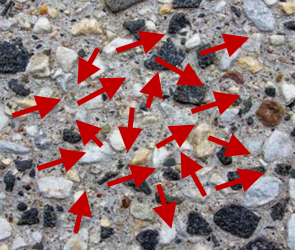
The third step, from the medium to the air, is another wave of refraction and reflection.
In summary, everyone should understand why the higher the frequency of electromagnetic waves, the weaker the ability to penetrate obstacles, right? The Wi-Fi used in our home now has both the 2.4GHz band and the 5GHz band. If you have ever used it, you should know that the wall penetration capability of 5GHz signals is significantly weaker than that of 2.4GHz signals. For example, millimeter waves are the same. Under the same conditions, the attenuation of millimeter wave signals penetrating obstacles is obviously greater than that of Sub-6GHz signals. It is worth mentioning that the degree of signal attenuation of an inhomogeneous medium is also related to the granularity of the medium. If the particles are broken and the particles are very small, then, for low-frequency electromagnetic waves, since the wavelength is much larger than the particle size, the overall electromagnetic wave attenuation will be smaller.
So why do high-energy rays such as X-rays have such a high frequency and strong penetrating power? The reasons for this are complicated. Simply put, for these extremely high frequency electromagnetic waves, classical electrodynamics cannot be fully established. Let's put it this way, in addition to high frequency, X-rays have another characteristic, that is, they are extremely powerful. When X-rays are irradiated on the medium, only a small part is "blocked" by the atoms of the medium, and most of them are "passed" through the gaps between the atoms, thus showing strong penetrating ability. So, why can heavy metals like lead blocks effectively block X-rays? Because the lead block has a higher atomic number, a higher density, and a closer atomic structure, it is not easy to "penetrate".

 online service
online service 0086-591-8806 9579
0086-591-8806 9579 88067049
88067049 izzy@lexinda.com
izzy@lexinda.com sarahlpr
sarahlpr 86-15336506363
86-15336506363